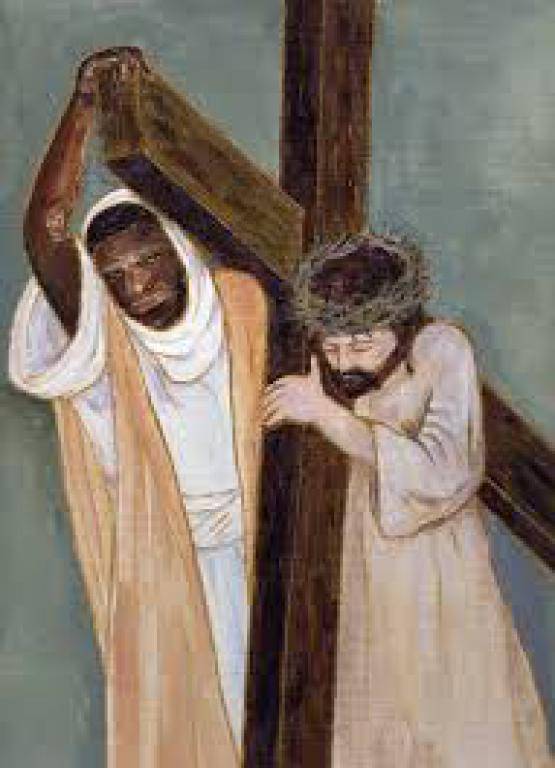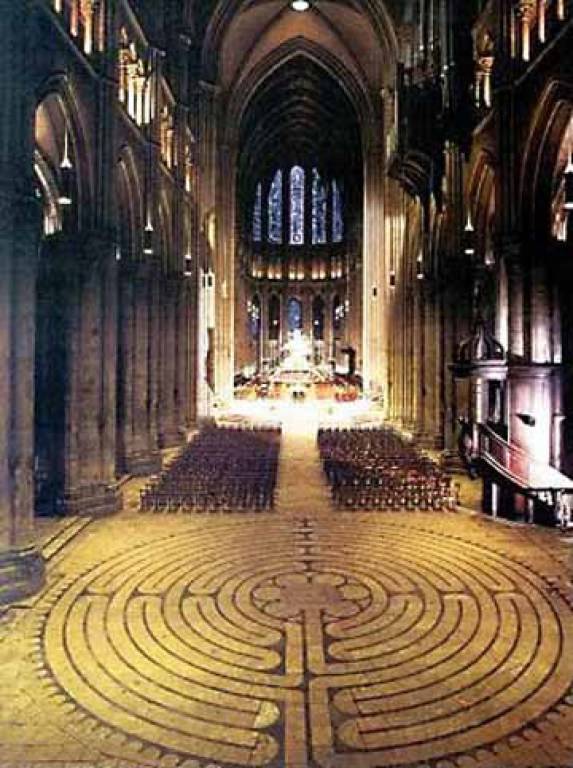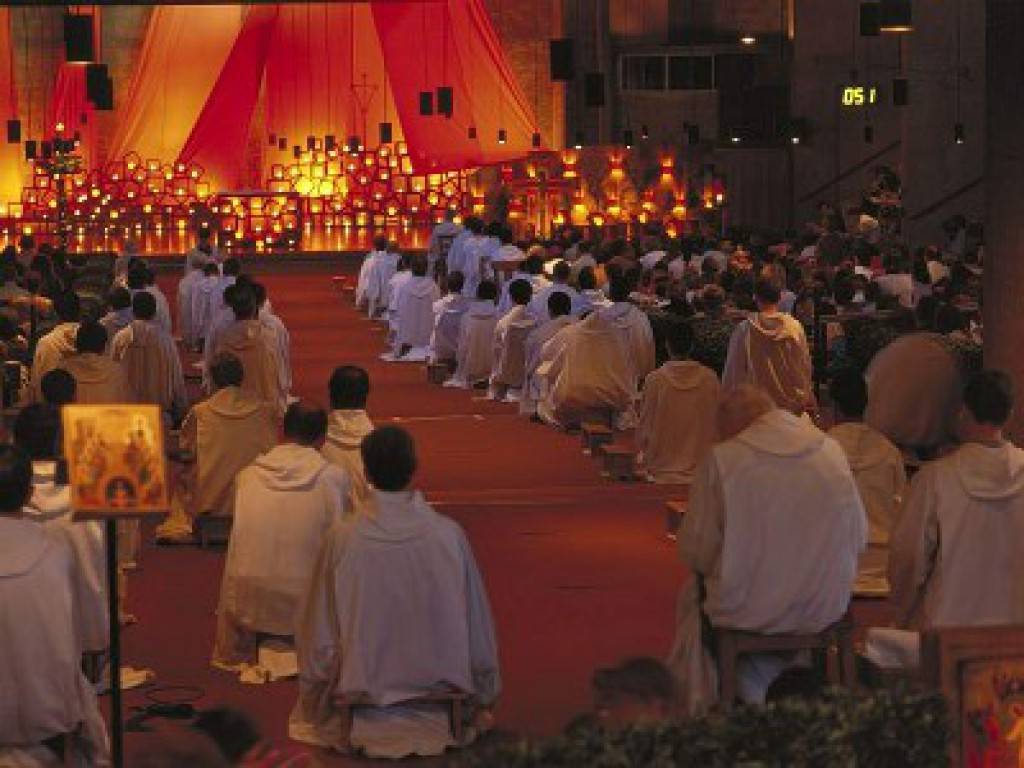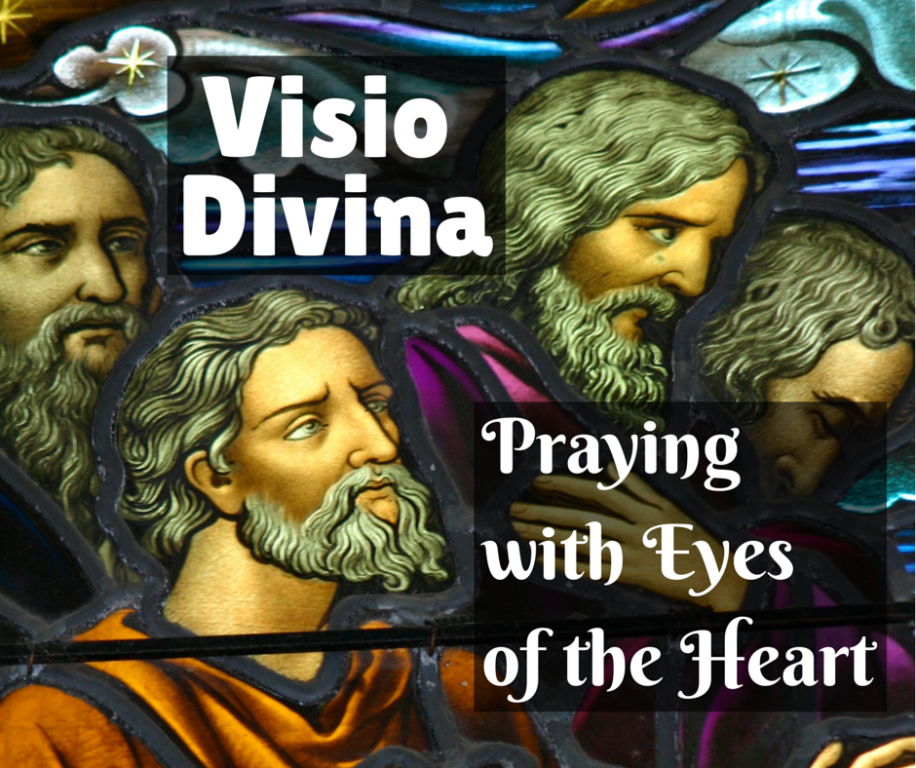Prayer and Devotions
Popular devotions of the Christian people are to be highly commended, provided they accord with the laws and norms of the Church, above all when they are ordered by the Apostolic See. Devotions proper to individual Churches also have a special dignity if they are undertaken by mandate of the bishops according to customs or books lawfully approved. But these devotions should be so drawn up that they harmonize with the liturgical seasons, accord with the sacred liturgy, are in some fashion derived from it, and lead the people to it, since, in fact, the liturgy by its very nature far surpasses any of them. (CSL, #13) Constitution on the Sacred Liturgy

Lectio Divina
Lectio Divina is the prayerful reading – and listening “with the ear of the heart: - of Scripture (or other sacred texts) in the quest for God, or for holiness. The process is described in four stages or pillars: Lectio – reading the text aloud; meditatio – pondering the words; oratio – pray the text; and finally contemplatio – resting in the presence of God.

The Stations/Way of the Cross
“If any want to become my followers, let them deny themselves and take up their cross and follow me…” (Matthew 16:24)
During the Crusades (1095-1270), pilgrims traveled to the Holy Land to walk in the footsteps of Jesus to Calvary. When pilgrimages became too dangerous, pilgrims could walk the outdoor Stations of the Cross representing critical events from Scripture or tradition of Jesus’ journey. In the mid 18th century, stations were allowed inside churches and fixed at 14. The Way of the Cross now appears in different forms, such as the Scripture-based stations of Pope John Paul II. They are meant to be walked as a true journey with Jesus.
For guidelines in worship spaces, see #132-134 Built of Living Stones: Bishops Document on Art, Architecture and Worship

Prayer Labyrinth
Going in circles becomes a way to pray and meditate. The labyrinth is the ancient circular construction, not a maze but a winding path that is a metaphor for centering oneself on an inward journey. This has been walked and prayed since ancient times, e.g. (A.D. 350) in the Basilica of Reparatus in Algeria and the most famous one (1220) at the Cathedral of Chartres, France. For an excellent article on the prayerful journey of the labyrinth, see St. Anthony Messenger - Labyrinth To locate a prayer labyrinth near you: Labyrinth Society

Taizé Prayer
Contemplative prayer and music from the French ecumenical community of Taizé (tay-zay)
Marian Prayer
To explore the rich and varied devotions to Mary, the Mother of God, go to the excellent resource site of the University of Dayton’s International Marian Research Institute. The Mary Page
Praying the Rosary
The rosary (from the Latin, rosarium, rose garden) evolved from the weekly praying of the 150 psalms by monks in the early Church. Too complicated for ordinary folk, these were gradually replaced in the 15th century by the praying of Our Fathers and Hail Marys, spaced with meditations on the mysteries related to Jesus and Mary. Tied and numbered beads have always been used as a way of counting the prayers. The mantra-like repetition of the prayers offers a way into a deeper relationship with God, by walking with Mary through the life, death and resurrection of her Son Jesus.
How to Pray the Rosary
How to Teach Children to Pray the Rosary 
How to Pray the Rosary in Many Languages
Praying with Icons
Icons are physical objects that invite us to pray with our eyes wide open, going beyond words and focusing on images that point the way to God. They are doorways into stillness that lead us to an inner attitude of prayer. Two of the best books on the subject are Henri Nouwen’s Behold the Beauty of the Lord (Ave Maria Press) and Praying with Icons by Jim Forest by Orbis Books.

Visio Divina: Divine Seeing
This is the practice of meditating on visual images as a source of divine insight and inspiration.
http://www.patheos.com/Resources/Additional-Resources/Praying-with-Art-Visio-Divina.html
Seeing the Word with the Saint John’s Bible http://www.seeingtheword.org/
Pray with the Eyes of the Heart: http://www.kathrynshirey.com/pray-with-eyes-of-the-heart-visio-divina/
Online Prayer Places
There are many and varied ways for busy people to pray at their computers. Here are a few: Sacred Space
Online Ministries of Creighton University offers multiple ways: Daily Reflections from Creighton University
Prayers & Blessings for Special Occasions: Blessing for a Departing Pastor, Blessing Prayer for a Parish Priest, Prayer of Catherine of Sienna, Prayer of Teresa of Avila, Prayer of Thomas Merton, Prayer of Love, Meal Prayer for a Gathering
